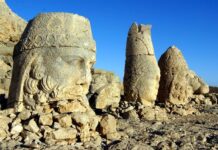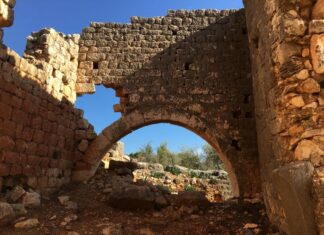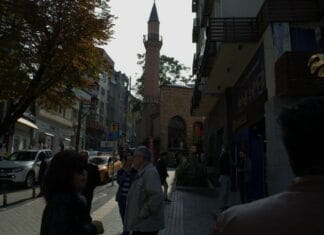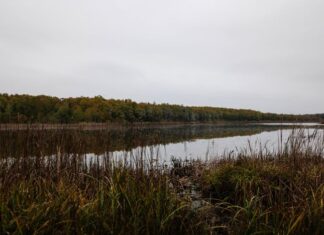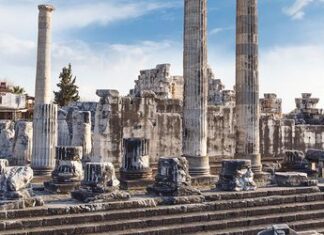Early Life and Career
Demosthenes was the son of a wealthy furniture-dealer in Athens. Born into privilege, he received a good education and later became one of the most famous statesmen, lawyers, and orators of ancient Greece. His speeches, known for their passion and persuasive power, made him a central figure in Athenian politics. Above all, Demosthenes was a patriot who devoted his life to defending Athens against foreign domination, especially from Macedon Guided Tours Turkey.
Opposition to Macedon
During the 4th century B.C., Athens gradually lost its independence to Macedon, led first by King Philip II and later by his son, Alexander the Great. Demosthenes spoke strongly against Macedonian influence, warning the Athenians about the dangers of losing their freedom. He became the leader of the democratic faction in Athens, but when Macedonian control grew too strong, his political enemies turned against him.
Flight and Final Days
In 322 B.C., after Macedon fully secured power in Greece, Demosthenes fled from Athens across the sea to the Peloponnesus. He sought refuge in the temple of Poseidon at Calauria. However, the authorities sent an officer of the police to arrest him Socrates Life and Trial.
Rather than face the humiliation of trial and imprisonment, Demosthenes decided to take his own life. He requested permission to write a final note to his family. While writing, he repeatedly touched his lips with the tip of his pen, which he had secretly poisoned. When the note was complete, he collapsed and died. In this way, he avoided the disgrace of being paraded as a prisoner, preserving his dignity to the end.
The Field of Marathon
A Battle for Freedom
The plain of Marathon, about twenty-five miles from Athens, was the site of a famous battle in 490 B.C. There, the Athenians and their allies defeated the powerful Persian army. This victory became a turning point in Greek history and a symbol of courage and independence.
The Burial Mound
Today, the battlefield is marked by a great mound under which the bones of the fallen warriors were buried. This memorial stands as a reminder of the bravery of those who fought to defend their homeland.
Tanagra and Its Treasures
The Battle of Tanagra
In 455 B.C., Tanagra became the site of the first major battle between the Athenians and the Spartans. Though not as famous as Marathon, it marked an important moment in the struggle for dominance among Greek city-states.
Archaeological Discoveries
For archaeologists, Tanagra is even more important for the treasures found in its graves. Thousands of small terra-cotta figurines, painted in delicate colors, have been uncovered there. These figurines, known as “Tanagra figures,” are now prized by collectors and displayed in museums all over the world. Tourists in Greece can still buy inexpensive imitations made from fragments, which are almost as charming as the originals.
Thebes From Power to Ruin
A Great Rival of Athens
West of Tanagra lies Thebes, one of the most powerful cities of ancient Greece. It was said to have been founded by Cadmus and became the home of famous figures such as Pindar, the poet, and Epaminondas, the great soldier and statesman. For centuries, Thebes rivaled Athens in power and influence.
The Fall of Thebes
In 336 B.C., Alexander the Great destroyed Thebes after the city tried to resist his rule. Six thousand citizens were killed, and about thirty thousand more were sold into slavery. The once-great city never recovered from this tragedy.
Thebes Today
Now, Thebes is only a small town with around 2,500 inhabitants. Most people work in farming, growing fruit and tending the land. The ancient ruins are mostly buried under rubble, and earthquakes have changed the landscape. With no hotel and little for tourists to see, Thebes has become a quiet place, far from the glory it once enjoyed.


